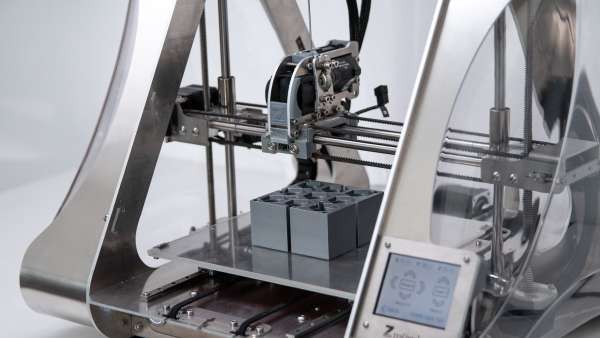Many technologies behind the advancements made in the mobile technology are based upon light. It does not include visible light like display lighting or flash lighting. Nowadays 3D sensing technologies are used in mobile phones and it is the latest advancement made in phones. It is an ocular technique behind smartphone face recognition and it depends on optical components. The importance of face recognition has brought 3D optical sensing technology an important one. This involves three techniques for face recognition supported by optical components and techniques.
VC SEL technology for face recognition
Gesture recognition shows how invisible infrared light is used in mobile devices. VCSEL is Vertical cavity surface-emitting laser that combines the use of both LED and laser. This technology is used in biometrics. It is the most reliable and secures access for user identification. This is the best method when compared with password management for mobile security and increased authentication. Biometrics uses human characteristics such as facial features or fingerprints.
VCSEL is used in smartphones, drones that needs high speed modulation. VCSEL technology is used in 3D sensing. Higher powers can be generated using VCSEL arrays. It has the ability to emit tons of continuous wave with thousand emitters. The beam is reduced in this when the emission comes from a larger area while the divergence equals to single emitter. Such devices are capable of generating high output and very efficient.
Mobile 3D sensing
Mobile 3D sensing includes structured light and time of flight. The recent smartphones uses structured light with projector that produces infrared lights on the face. The infrared camera receives light reflected back from the face to create a 3D facial landscape. It is also used in autofocus functions in cameras. 3D sensing is combined with AR and VR for using in mobile devices. Since it has many advantages relatively low costs, optical efficiency, low power consumption and stability the VCSEL technology is a key factor for using in application such as 3D sensing.
In mobile face recognition a depth map captured by the phone’s 3D sensor is compared to a reference 3D image of the user. This 3D depth map generates more data when compared with 2D camera. The 3D sensing is used in enabling face recognition that requires secure authentication. There are various techniques in making a facial depth map as mentioned below.
Time of flight sensing
In this method the distance is measured based on the timing of light from the emitter to user’s face and back to sensor.
Stereo imaging
Like in human vision two spaced sensors create perspective and depth. Infrared light projectors work with no ambient light.
Structured light
In this method algorithms generate depth maps by analyzing the distortions in patterns of dots on the user’s face. 3D sensing technology is used in mobile phones for face recognition. This is the most secure way because it uses biometric form for identification. So there is no chance for any misconceptions in using the device. Unauthorized access to the phone is avoided in a great way. So this technology is very helpful in the recent innovations and safe to use the gadgets.
